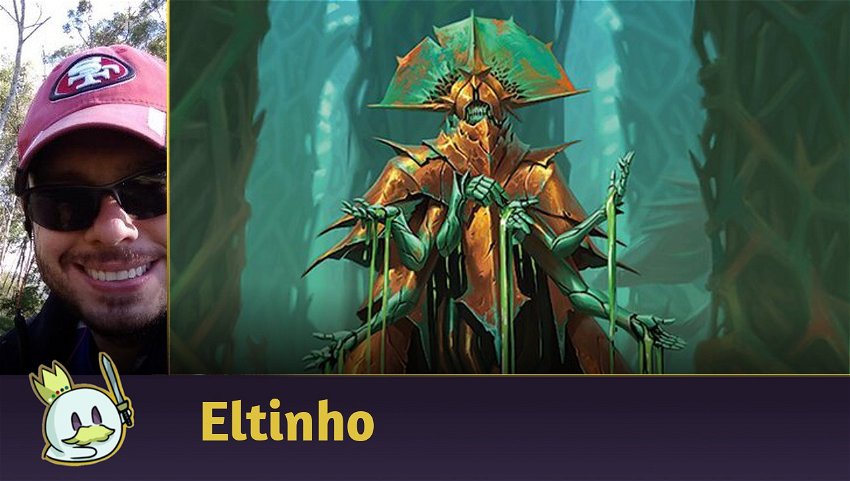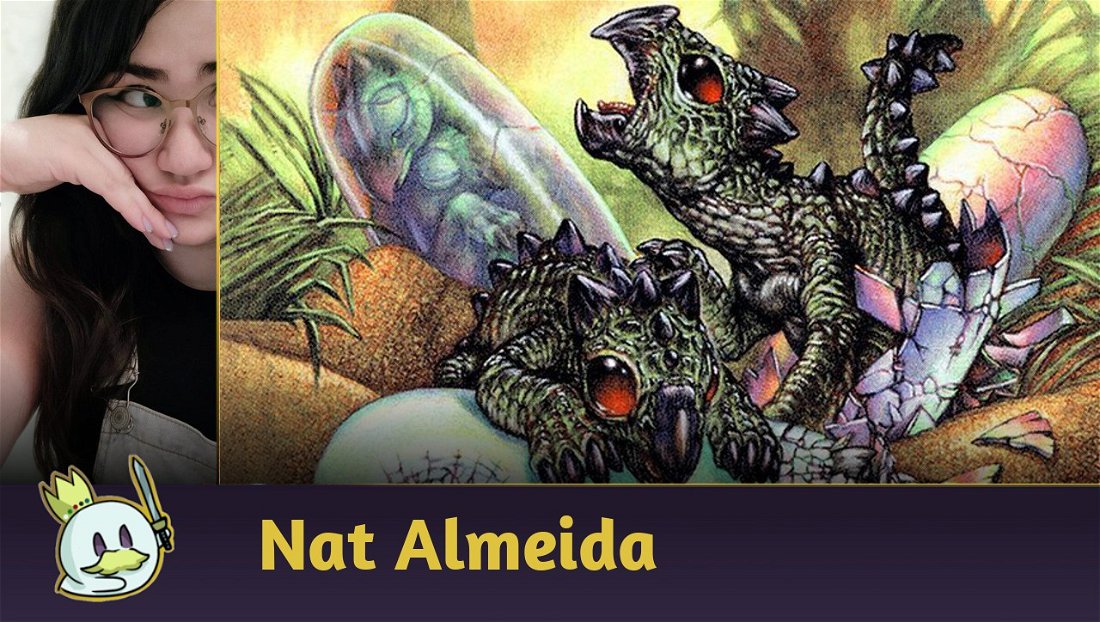Introduction
Poison is back! But isn't Toxic, Infect and Poisonous the same?
After a long absence, the mechanic made brief appearances in recent sets through Fynn, the Fangbearer and Ajani, Sleeper Agent before returning in all its glory at the hands of Elesh Norn's Phyrexian minions in Phyrexia: All Will Be One!
History of different Poison Counters
At its launch nearly 30 years ago, Magic had only 2 methods of winning: zeroing the opponent's life points or forcing them to draw from an empty deck, although this second method only became viable 2 expansions later with the release of Millstone in Antiquities.
Poison Counters

Legends, Magic's 3rd expansion, introduced the first alternate method of victory with the introduction of Poison counters – a player with 10 or more Poison counters loses the game – on some pretty bad cards that conflicted with the path basics of simply killing the opponent for damage and the ability ended up discontinued after Visions in 1997.
Poisonous
Many years later, the mechanic was "brought from the future" in 2007 in two Future Sight cards (Virulent Sliver and Snake Cult Initiation) through a new ability translated as Poisonous. This was an ability that triggered whenever the creature dealt combat damage and added Poison counters equal to its listed value.

Its highlight day was when at Pro Tour San Diego, the first and only in the Two-Headed Giant format, it was won by the Sliver Kids abusing the fact that the ability stacks when several Sliver grant the same ability multiple times.
But again, Poison was put in the fridge for a couple more years.
Infect and Proliferate
It wasn't until 2010, in the Scars of Mirrodin block, that Poison took center stage with the release of the Infect ability, supported by the Proliferate theme.

Unlike its previous iterations, Infect was not a triggered ability, but rather a static ability, replacing damage on players with Poison counters and damage on creatures with -1/-1 counters.

The great innovation brought by this ability is that the amount of Poison counters received by the opponent scaled with the creature's Power, in practice doubling the effectiveness of spells that increased Power - UG Infect is a deck with a long history in Legacy until today.
Another concept explored in the block was that of Poisoned Player, effects that were activated when the opponent had one or more Poison counters. However, once again, Poison lay dormant until, as I mentioned above, it appeared out of nowhere in Kaldheim and Dominaria United and was once again the focus of an expansion - with the Mother of Machines Elesh Norn taking over the multiverse!

New keywords for ONE: Toxic and Corrupted
All Will Be One brings yet another way to fill your little friend with Poison counters with the Toxic ability and another way to gain advantage over a poisoned opponent with Corrupted. Let's see how they work.
How does Toxic work?

Toxic looks like a mixture of the previous two: just like Poisonous, it comes with a value that can be increased if the card gains new instances of Toxic (for example, if a card with Toxic 2 gains Toxic 1, the result is a creature with Toxic 3). This value indicates how many Poison counters the opponent will receive when they take combat damage from this card.
It's important to remember that the total damage dealt is irrelevant to the total counters added, but effects that affect counters, such as Vorinclex, Monstrous Raider, do apply. And just like Infect, the effect is a static ability, meaning it doesn't use the stack – the counters are added along with the damage. This effect occurs similarly to Lifelink.
Corrupted

Corrupted is an active ability whenever an opponent (in multiplayer games, it is enough that one opponent meets this condition) has 3 or more Poison counters.
Corrupted can be found on activated abilities, which can only be used with the condition met; in static abilities, that take effect or that replace an original effect as soon as the opponent reaches the mark of 3 or more Counters; or on instants or sorceries, changing their legal effects or targets.
Finally, one last comment on Corrupted. Activated abilities that depend on this condition, once their costs have been paid, and it's on the stack, no longer depend on the condition being active. However, triggered abilities, statics, and spell resolution check whether the condition holds during resolution.
What's the difference between Toxic, Infect and Poison?
But isn't It All One?
Returning to the effects that grant Poison counters, although similar, there are differences between them, and it is important to know how each one works in order not to make mistakes.
Poison and Toxic only activate with combat damage and have no effect if the damage is prevented or dealt to creatures or Planeswalkers.
Infect changes the way damage is dealt to creatures, putting a number of -1/-1 counters equal to the damage that would be dealt. Additionally, Infect affects all damage types, not just combat damage.
Poison and Toxic are also similar because they do not depend on the amount of damage done, their value is what determines how many counters the opponent will receive. Furthermore, both stack if new instances of the same ability are added.
Since Poisonous uses the stack, unlike the other two abilities, its ability can be countered by effects like Stifle or copied by cards like Lithoform Engine.
Decklists with Infect
Modern
Commander
Legacy
Conclusion
Infect was a very popular but also very divisive ability, and it added great complexity to the game with its -1/-1 counters.
The decision to drop it and create Toxic instead stems not only from Wizards' intention to make the game state less complex, but also to distance the expansion from another similarly themed expansion. Although it brings elements from the second block of Mirrodin such as Poison and Phyrexian Mana, Phyrexia: All Will Be One seeks to look at them in a new light.
I hope I helped to clarify how these abilities work!
And do be careful not to get addicted to Poison. Don't you know it's Toxic?














— commentaires 0
, Réactions 1
Soyez le premier à commenter